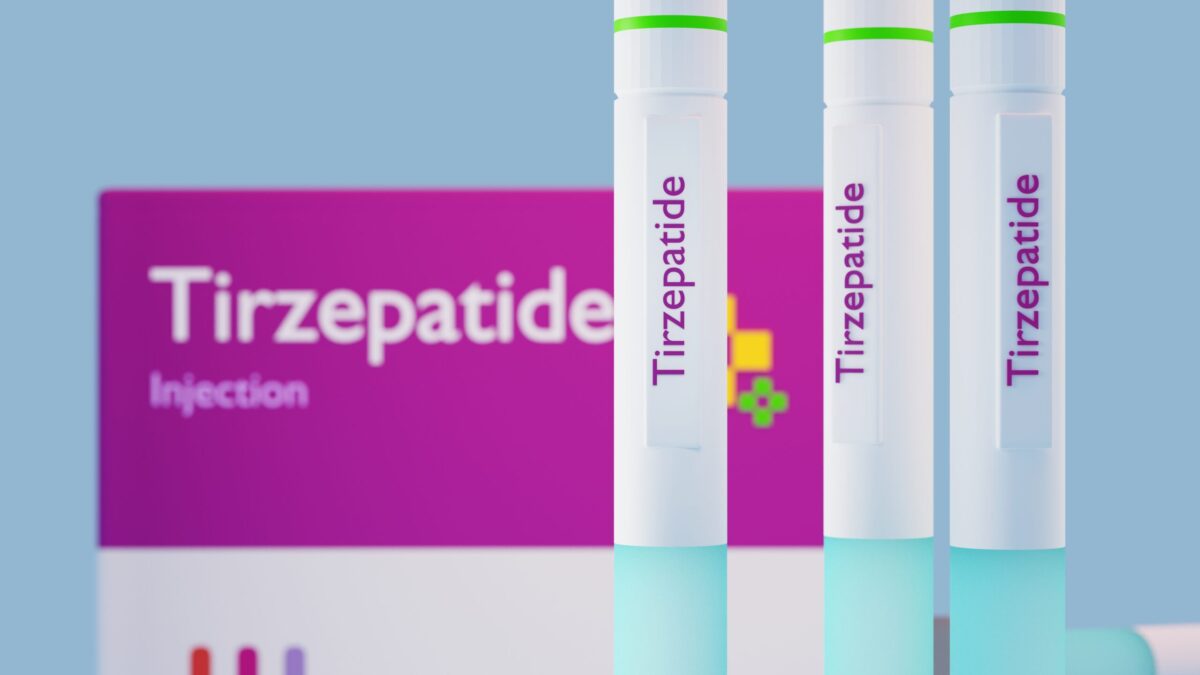Vascular-targeted photodynamic therapy (VTP) may be an effective treatment for low-risk prostate cancer, according to a recent phase III clinical trial led by researchers at University College London. The non-surgical treatment was found to be effective at destroying cancer cells, while avoiding surrounding healthy tissue.
The clinical trial involved 413 patients and was funded by STEBA Biotech, which is the license-holder of the light therapy. In VTP, a light-sensitive drug is injected into a patient’s bloodstream, which can be activated using a laser once it reaches the site of the prostate tumor.
Forty-nine percent of patients who were treated using VTP in the clinical trial went into remission, while just 13.5 of those in the control group experienced the same result. The details of the study were published in the journal, The Lancet Oncology.
“These results are excellent news for men with early localized prostate cancer, offering a treatment that can kill cancer without removing or destroying the prostate,” said lead investigator Professor Mark Emberton, Dean of UCL Medical Sciences and Consultant Urologist at UCLH. “This is truly a huge leap forward for prostate cancer treatment, which has previously lagged decades behind other solid cancers such as breast cancer.
“In 1975 almost everyone with breast cancer was given a radical mastectomy, but since then treatments have steady improved and we now rarely need to remove the whole breast. In prostate cancer we are still commonly removing or irradiating the whole prostate, so the success of this new tissue-preserving treatment is welcome news indeed.”
The current standard of care for men with low-risk prostate cancer is to put them in a state of ‘active surveillance.’ In these cases, the disease is monitored and patients are only treated if the tumor progresses to a more severe form of the prostate cancer. Active surveillance has been adopted as a first-line treatment because radical therapy – such as radiotherapy or surgical removal of the prostate – leads to long-term side effects, including erectile difficulty and incontinence.
While patients treated with VTP do experience short-term after effects of the therapy, these are usually resolved within just a few months. The current clinical trial found that 30 percent of patients in the control group who were under active surveillance, eventually needed radical therapy. In contrast, just six percent of those who were treated with VTP needed further treatment for their prostate cancer.
“We can now pinpoint prostate cancers using MRI scans and targeted biopsies, allowing a much more targeted approach to diagnosis and treatment,” said Emberton. “This means we could accurately identify men who would benefit from VTP and deliver treatment more precisely to the tumour. With such an approach we should be able to achieve a significantly higher remission rate than in the trial and send nearly all low-risk localized prostate cancers into remission.”
Emberton is also confident that light therapy should be translatable to other cancer types, including breast and liver cancer. The VTP technology is currently under review by the European Medicines Agency (EMA), so it is unlikely that the prostate cancer therapy will reach clinical practice just yet.












Join or login to leave a comment
JOIN LOGIN